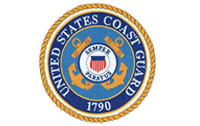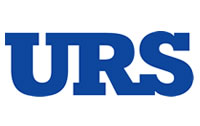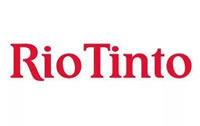Clear direction and guidance from leaders is the remedy for getting people to work together, to avoid conflicts and other bad behavior.

I was recently hired to attend a leadership event and provide a presentation on Productive Leadership at a manufacturing plant. Earlier in the day, I was given a facility tour by the plant manager, met individually with staff members, and attended a production meeting. The meeting participants included the production manager and a dozen or so superintendents, supervisors, the production planner, etc. After their production meeting agenda concluded we had an impromptu discussion about leadership. One subject that came up had to do with finding a remedy for getting people to work together, to avoid conflicts and bad behaviors.
What happens in these scenarios is that one set of peers (the doers) are attempting to assume the role of the leader. The doers are doing that out of frustration. They do it clumsily because they don’t have the authority to make the minimalists comply. The minimalists know their peers lack the authority and take pleasure in frustrating the doers.
If the leader does nothing, the situation will not get better. The doers will get increasingly frustrated and angry. Some will leave for a better situation. The minimalists will continue to be a drag on performance. What can a leader do to keep the good folks and improve the others?
In a perfect world, we want people on our team to get along and work together. We don’t live in a perfect world. Each individual has an outlook that was formed by their past experiences. How each person interprets past experiences dictates how they think, how they are motivated and, therefore, how they behave. We can’t do much about past experiences or what a person thinks.
Contrary to many academic leadership gurus, I say we should not focus on what a person thinks. We should care about the behaviors a person exhibits. If you’ve been reading my columns, my book, or attended any of my workshops, you know that I advocate for having clear direction and guidance.
While it would be great if everyone was in the doer category, it is unrealistic to expect that without leadership. Eliminate the conditions that create conflict. Define standards for behaviors, and become an expert at being attentive and assertive.
Go forth and do great things.
Order a copy of my book “The Productive Leadership System” or contact me for site visits, workshops or other questions.


















